Introduction
In the quest for sustainability, the dining table has become a battleground for environmental consciousness. Among the champions of this green revolution are palm leaf plates, a stylish and sustainable alternative to conventional dinnerware. This article delves into the world of palm leaf plates, highlighting their benefits, uses, and the positive impact they have on our planet.
What are Palm Leaf Plates?
- Natural and Biodegradable: The most significant advantage of palm leaf plates is their 100% natural composition. After the Areca palm leaves fall to the ground naturally, they are collected without harming the tree or the environment. This makes palm leaf plates completely biodegradable and compostable, turning into soil without leaving any harmful residues behind.
- Sustainable Production: The production process of palm leaf plates is sustainable and eco-friendly. It involves collecting fallen leaves, which are then cleaned, dried, and molded into plates using heat and pressure. No chemicals or synthetic additives are used in the manufacturing process, making these plates safe for both the environment and human use.
- Durable and Versatile: Despite being made from natural leaves, palm leaf plates are surprisingly sturdy and can handle hot, cold, wet, and dry foods effectively. They are suitable for a wide range of occasions, from casual picnics to formal dinners, offering an eco-conscious choice for serving food.
- Unique Appearance: Each palm leaf plate has a unique texture and pattern, reflecting the natural beauty of the leaf it was made from. This adds a rustic and organic charm to the dining experience, making each meal visually appealing and environmentally responsible.
- Zero Waste: Since palm leaf plates are compostable, using them helps reduce landfill waste. They decompose naturally, contributing to a circular economy where products return to the earth and nourish it without causing pollution or waste.
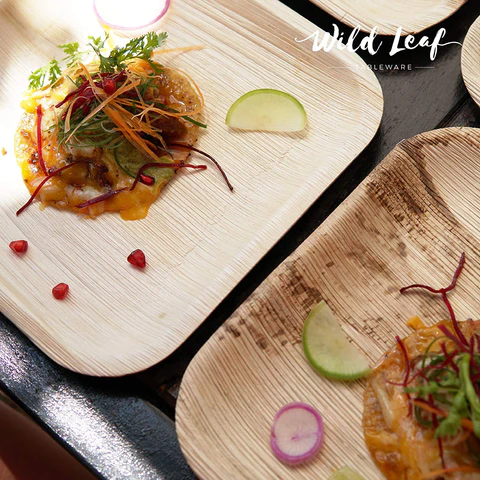
Why Palm Leaf Plates?
Palm leaf plates are increasingly popular for several compelling reasons, aligning with the growing global emphasis on sustainability and environmental responsibility. Here are the key reasons why palm leaf plates are an excellent choice:
- Eco-Friendly: The most significant advantage of palm leaf plates is their eco-friendliness. Made from naturally fallen leaves of the Areca palm tree, these plates do not contribute to deforestation or harm to the environment during their production. After use, they biodegrade completely, turning into compost without leaving any toxic residues, thus reducing landfill waste.
- Sustainable Manufacturing: The process of making palm leaf plates involves sustainable practices. It uses fallen leaves that would otherwise decompose and go to waste, turning them into useful products. This process requires minimal energy and no harmful chemicals, contributing to a lower carbon footprint compared to the production of traditional disposable plates made from paper, plastic, or styrofoam.
- Durable and Versatile: Despite their natural origins, palm leaf plates are remarkably sturdy and can handle a variety of foods, including hot, cold, wet, or oily dishes. Their durability makes them suitable for a wide range of events, from outdoor barbecues to elegant weddings, offering a practical yet environmentally conscious alternative to conventional dinnerware.
- Unique and Aesthetic Appeal: Each palm leaf plate has a distinct look, with natural textures and patterns that add an organic and elegant touch to any dining setting. This unique aesthetic appeal enhances the dining experience, making meals more enjoyable and visually appealing.
- Chemical-Free and Non-Toxic: Palm leaf plates are made without the use of any chemicals, making them a safer option for serving food. Unlike plastic or styrofoam plates, which can leach harmful substances into food, especially with hot dishes, palm leaf plates are completely natural and non-toxic.
- Supports Local Economies: The production of palm leaf plates often supports local economies in tropical regions where Areca palm trees are abundant. It provides employment opportunities in rural areas, contributing to sustainable community development.
- Compliance with Green Policies: For businesses and individuals looking to comply with green policies or achieve sustainability goals, palm leaf plates are an excellent choice. They align with eco-friendly practices and can help reduce the environmental impact of events, catering, and daily dining needs.
The Aesthetic Appeal of Palm Leaf Plates
- Natural Textures and Patterns: Each palm leaf plate showcases the natural texture and grain of the leaf it was made from. Unlike uniform, mass-produced dinnerware, these plates feature varied patterns, colors, and textures, ensuring that no two plates are exactly alike. This uniqueness adds character and a touch of nature to the dining table, making each meal visually engaging.
- Eco-Chic Styling: As awareness of environmental issues grows, eco-friendly products have become a statement of style and values. Palm leaf plates embody this eco-chic trend, offering a sustainable yet stylish choice for those looking to reduce their environmental footprint without sacrificing aesthetic appeal. Their natural look complements eco-themed events and adds to the ambiance of organic and green dining experiences.
- Versatility in Presentation: The neutral tones and natural look of palm leaf plates make them versatile for a variety of table settings and cuisines. They can enhance the presentation of both traditional and modern dishes, adding an earthy backdrop that makes colorful foods pop. Their unique appearance can be a conversation starter, adding depth to the dining experience beyond just the taste of the food.
- Complements Theme-Based Events: For events with a focus on sustainability, nature, or rustic themes, palm leaf plates are the perfect fit. They seamlessly integrate with the decor, reinforcing the theme with their authentic natural appearance. Whether it’s a garden party, a beach wedding, or a farm-to-table dinner, palm leaf plates contribute to the thematic coherence and overall aesthetic.
- Sophistication and Simplicity: There’s a sophisticated simplicity in the use of palm leaf plates. Their minimalist design speaks to a conscious lifestyle choice, elevating the dining experience by merging aesthetics with ethics. This simplicity allows the beauty of the food to take center stage, enhancing the overall sensory experience of dining.
- Light and Shadow Play: The varied thickness and natural veins of palm leaf plates create interesting plays of light and shadow, adding depth and visual interest to the table setting. This dynamic aspect can enhance the ambiance, especially under natural light, making meals more inviting and atmospheric.
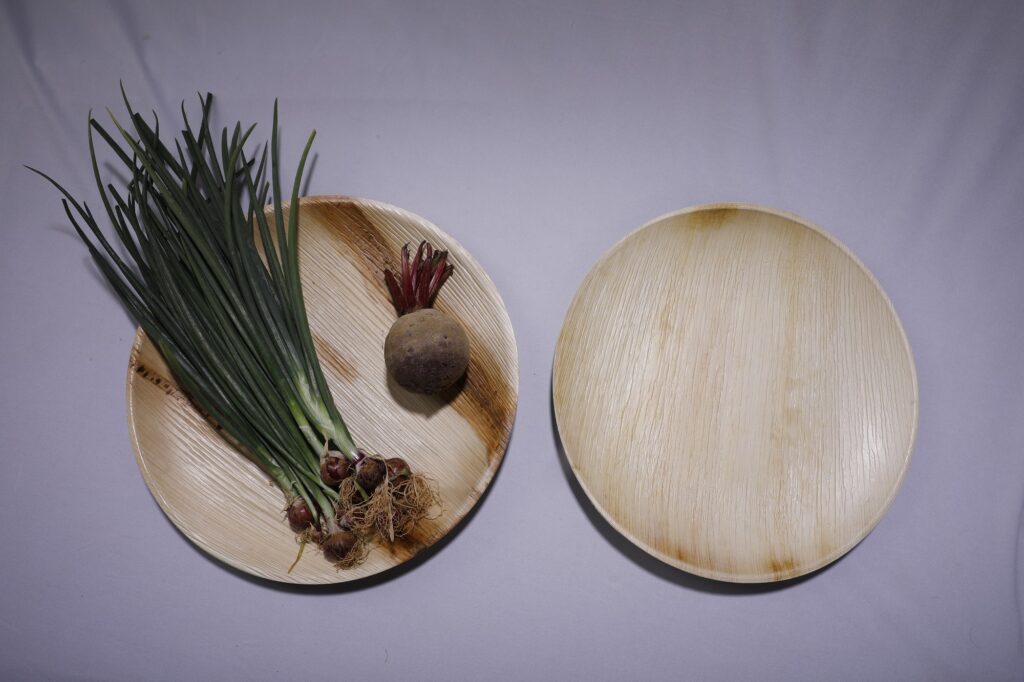
Using Palm Leaf Plates
Types and Varieties
Palm leaf plates come in a variety of shapes and sizes, catering to different culinary needs. From small bowls suitable for dips and snacks to large plates perfect for main courses, there’s a wide selection available. You can find square, round, oval, and even heart-shaped plates, as well as platters for serving larger groups.
Occasions and Uses
- Casual Dinners and Picnics: Their sturdy nature makes palm leaf plates ideal for casual gatherings, outdoor picnics, or barbecues. They can hold up well with heavy and wet foods, making them versatile for various types of meals.
- Weddings and Formal Events: The unique and elegant look of palm leaf plates makes them a great choice for weddings and formal events looking to incorporate sustainable practices. They add a rustic charm to the table setting while being eco-friendly.
- Catering and Food Services: For catering businesses focused on sustainability, palm leaf plates offer a biodegradable solution that doesn’t compromise on quality or presentation. They’re also a talking point for guests interested in green practices.
- Home Use: Incorporating palm leaf plates into your home for special occasions or everyday use can reduce your environmental impact. They’re particularly handy for parties or when you have a large number of guests and wish to avoid a pile-up of dishes.
Advantages
- Eco-Friendly: The most significant advantage is their biodegradability and compostability, reducing waste and avoiding the environmental harm associated with plastic plates.
- No Chemicals: As they are made from natural materials without the use of chemicals, they are safer for consuming food, especially hot food, which can cause chemicals to leach from plastic plates.
- Sturdy and Heat Resistant: Palm leaf plates are surprisingly sturdy and heat resistant, making them suitable for serving hot dishes without the risk of bending or leaking.
Maintenance and Disposal
- Single Use: Palm leaf plates are designed for single use, eliminating the need for washing and reducing water usage. After use, they can be composted, turning into nutrient-rich soil within a few months.
- Composting: If you have a compost bin, palm leaf plates can be added directly. They break down over time, contributing to a healthy compost mix that can be used in gardens.
Creative Presentation
Using palm leaf plates offers an opportunity to get creative with food presentation. Their natural look can complement a variety of dishes, from traditional cuisines to contemporary fusion food. The unique texture and pattern of each plate can enhance the visual appeal of your meals, making them Instagram-worthy.
Comparative Analysis
Environmental Impact
- Palm Leaf Plates: These are highly eco-friendly, made from naturally fallen leaves without harming trees. They are biodegradable and compostable, leaving a minimal environmental footprint.
- Plastic Plates: Plastic plates are derived from non-renewable petroleum and can take hundreds of years to degrade, contributing significantly to landfill waste and pollution.
- Paper Plates: Although better than plastic in terms of biodegradability, paper plates often require cutting down trees and a significant amount of water and energy in their production. Some are coated with plastic or wax, which complicates recycling and composting.
- Ceramic/Glassware: Reusable and durable, ceramic and glassware have a lower environmental impact over their lifespan. However, their production is energy-intensive, and they can contribute to waste if not properly recycled at the end of their life.
Cost
- Palm Leaf Plates: Initially, they may seem more expensive than plastic or paper plates, but considering their environmental benefits and the cost of waste management, they can be cost-effective in the long run.
- Plastic Plates: Generally cheap to purchase but with hidden environmental cleanup costs that society pays for indirectly.
- Paper Plates: Comparable in price to plastic plates but with slightly higher environmental costs for production and disposal.
- Ceramic/Glassware: Higher upfront cost, but over time, the most cost-effective and sustainable option due to their durability and reusability.
Durability and Practicality
- Palm Leaf Plates: Strong and heat resistant, capable of handling heavy or liquid foods without bending or leaking. Suitable for a wide range of occasions, from casual to formal.
- Plastic Plates: Durable but can release harmful chemicals when in contact with hot foods. Not environmentally friendly.
- Paper Plates: Less durable, especially with wet or heavy foods, leading to the use of multiple plates and increased waste.
- Ceramic/Glassware: Highly durable and versatile but requires cleaning after use, which can be impractical for large events or when water resources are limited.
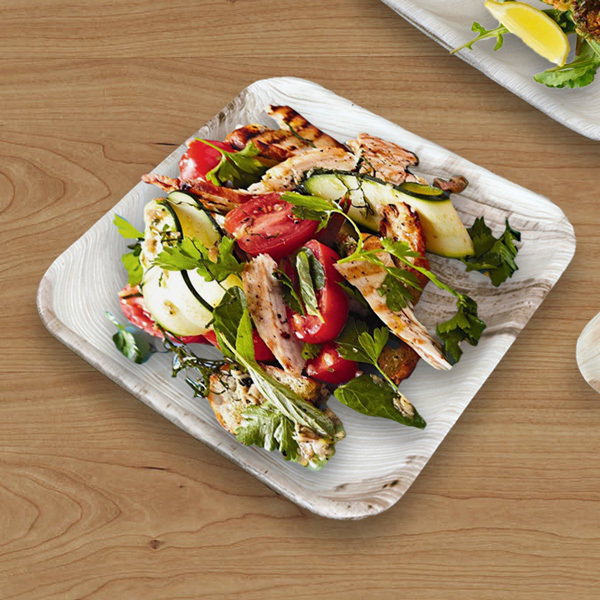
Aesthetic Appeal
- Palm Leaf Plates: Unique, rustic look that can enhance the dining experience with their natural beauty. Each plate has a distinctive pattern, adding to their appeal.
- Plastic Plates: Comes in various colors and designs but lacks the natural, organic appeal of palm leaf plates.
- Paper Plates: Often considered the least aesthetically pleasing, with a generic look and prone to sagging with wet foods.
- Ceramic/Glassware: Offers the widest range of designs and colors, fitting any decor style but lacks the unique, eco-friendly appeal of palm leaf plates.
Practical Considerations
- Palm Leaf Plates: Ideal for outdoor events, weddings, and parties where convenience and environmental responsibility are prioritized. Easy disposal and compostability make cleanup a breeze.
- Plastic Plates: Convenient for quick cleanups but raises environmental concerns. Not suitable for hot foods or microwave use.
- Paper Plates: Useful for light snacks and casual gatherings but not practical for formal events or meals requiring cutlery.
- Ceramic/Glassware: Best for everyday use and formal dining. Requires washing, which can be a drawback for large events or locations without adequate facilities.
Maintenance and Disposal
Maintenance
Palm leaf plates are designed for single use, eliminating the need for washing, which is a significant advantage in settings where water conservation is essential or where washing facilities are unavailable. Their sturdy construction allows them to handle a variety of foods without the need for additional support, such as double plating, which is often necessary with flimsier disposable options.
Since they are intended for a single use, there’s no maintenance required between uses, unlike with reusable dinnerware that needs to be cleaned, dried, and stored. This makes palm leaf plates particularly appealing for events, outdoor gatherings, or any occasion where ease of use and minimal cleanup are priorities.
Disposal
The disposal process for palm leaf plates is one of their most significant advantages, as they are 100% compostable and biodegradable:
- Composting: Palm leaf plates can be composted at home or in industrial composting facilities. In a compost pile, they break down into nutrient-rich soil, contributing to the circular economy and reducing waste. The time it takes for them to decompose can vary but generally, they break down within a few months under the right conditions.
- Biodegradable: For those who do not have access to composting facilities, disposing of palm leaf plates in the trash is still environmentally responsible. Because they are natural and biodegradable, they will eventually decompose in a landfill, unlike plastic alternatives that can take hundreds of years to break down and can release toxic chemicals in the process.
Environmental Benefits
The maintenance and disposal of palm leaf plates align with eco-friendly practices by reducing water usage (no washing required), minimizing energy consumption (no need for dishwashers or hot water), and contributing to soil health through composting. Their use and disposal offer a practical solution to the environmental challenges posed by disposable plastic and paper plates.
Practical Tips for Disposal
- Home Composting: If you have a home compost bin or pile, simply break the plates into smaller pieces to speed up the composting process.
- Industrial Composting: Check if your local waste management service offers industrial composting. Palm leaf plates can usually be included with other compostable waste.
- Waste Reduction: While palm leaf plates are an eco-friendly option, reducing the overall use of disposables by using reusable options when practical is always the best choice for the environment.

How to Incorporate Palm Leaf Plates in Your Dining
For Special Occasions and Events
- Theme Complement: Use palm leaf plates for events with a natural, rustic, or eco-friendly theme. Their unique appearance can significantly enhance the aesthetic of outdoor weddings, garden parties, and eco-conscious gatherings.
- Table Setting: Pair palm leaf plates with other natural elements like bamboo cutlery, linen napkins, and centerpieces made from wildflowers or organic materials to create a cohesive and environmentally friendly table setting.
- Inform Guests: Take a moment to inform your guests about the choice of palm leaf plates, highlighting their sustainability and compostability. This can raise awareness and appreciation for eco-friendly practices.
For Casual Dining and Gatherings
- Outdoor Meals: Palm leaf plates are perfect for picnics, barbecues, and beach parties. Their durability makes them suitable for a variety of foods, and their disposable nature eliminates the worry of breaking dishes outdoors.
- Children’s Parties: Their sturdy and leak-proof nature makes palm leaf plates an excellent choice for children’s parties, where spills and drops are common. Plus, using them is a great opportunity to teach children about sustainability.
- Theme Nights: Incorporate palm leaf plates into theme nights, such as a tropical-themed dinner or a “green” party, to add an authentic and eco-friendly touch to the evening.
For Daily Meals
- Eco-Friendly Lifestyle: For those looking to reduce their environmental impact, using palm leaf plates occasionally at home can decrease the reliance on water and energy-intensive dishwashing.
- Convenience without Guilt: On busy days when washing dishes seems like a daunting task, palm leaf plates can offer a convenient and guilt-free alternative to traditional dinnerware.
Creative Presentation
- Food Pairing: The natural look of palm leaf plates can enhance the presentation of your meals. Use them to serve vibrant salads, grilled vegetables, or rustic baked goods to make the colors pop.
- Decorative Elements: Accentuate the plates with decorative elements like banana leaves or twine for napkin rings. These small touches can elevate the dining experience.
Transition Tips
- Start Small: If you’re new to using palm leaf plates, start by incorporating them into your dining routine for specific occasions or meals to gauge their convenience and aesthetic appeal.
- Bulk Purchase: Buying palm leaf plates in bulk can reduce the cost per plate, making it a more economical option for regular use.
- Recycling and Composting: Set up a system for composting used plates if possible, or ensure they are disposed of in an eco-conscious manner.
Conclusion
Palm leaf plates represent a fusion of sustainability, beauty, and practicality, embodying the spirit of eco-friendly dining. By choosing them, we can enjoy our meals while contributing to a healthier planet.
FAQs
- Are palm leaf plates safe for hot foods?
- How long do palm leaf plates take to decompose?
- Can palm leaf plates be reused?
- How do palm leaf plates compare in cost to traditional plates?

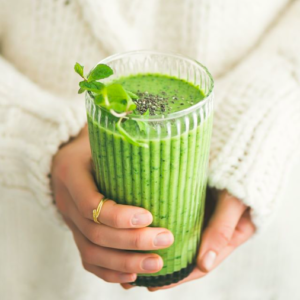



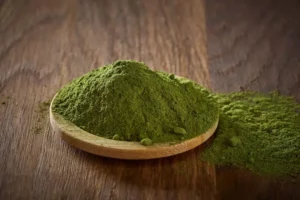


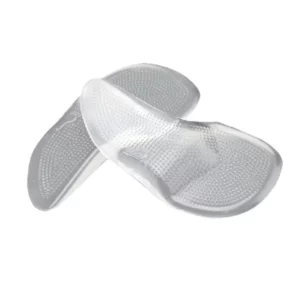
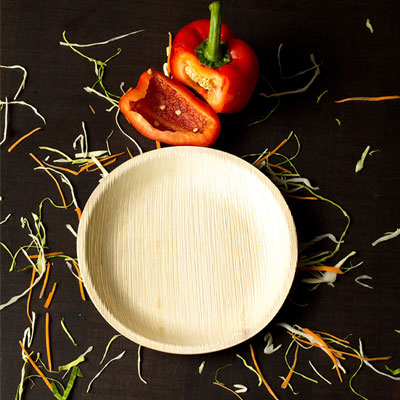

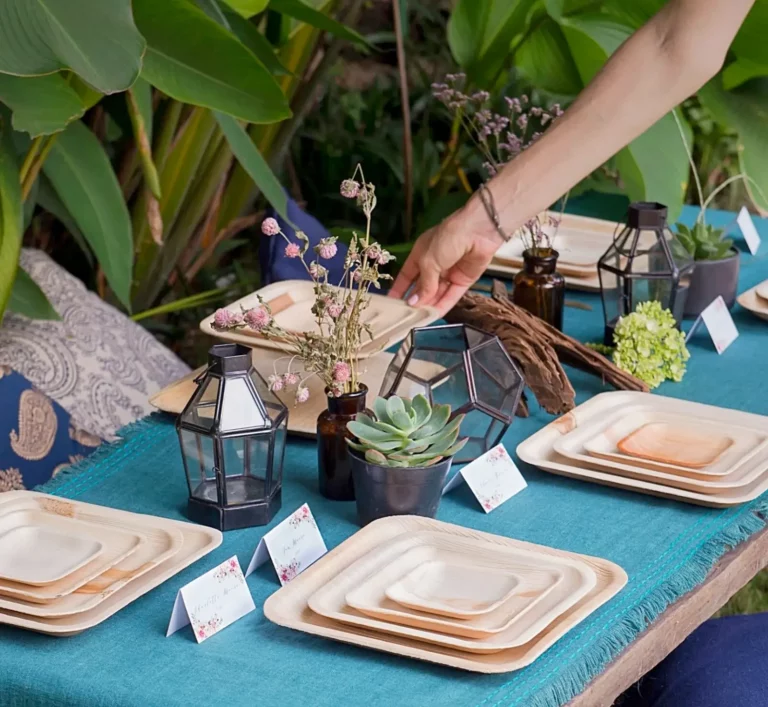
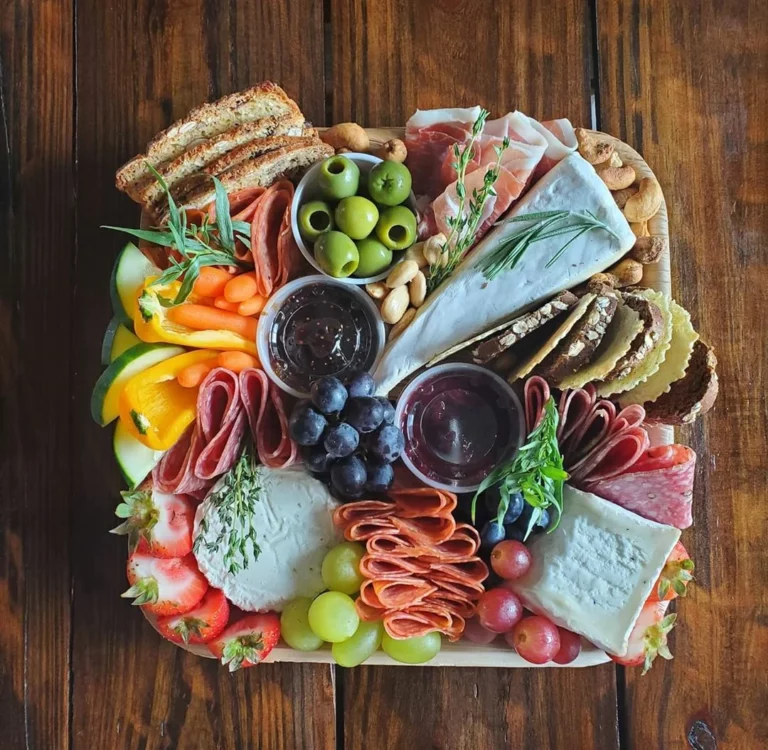
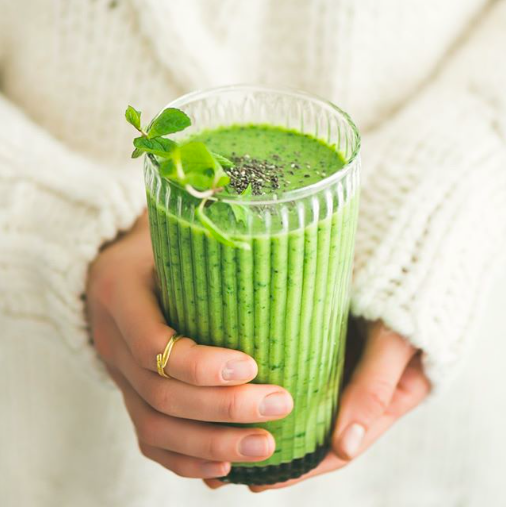





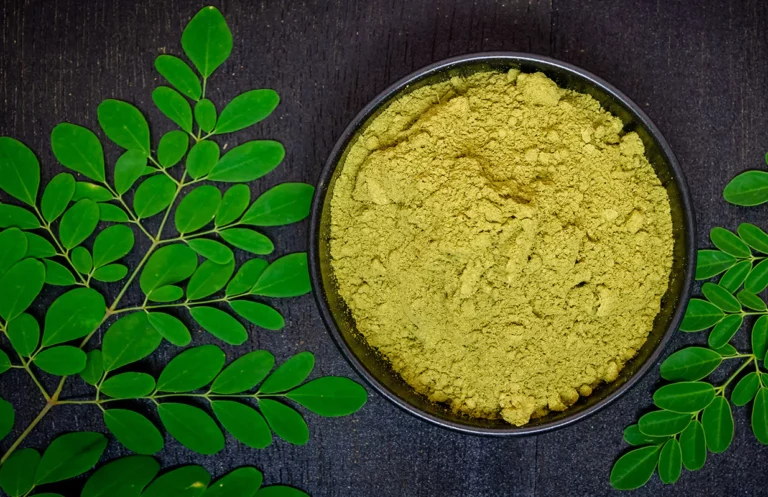
+ There are no comments
Add yours